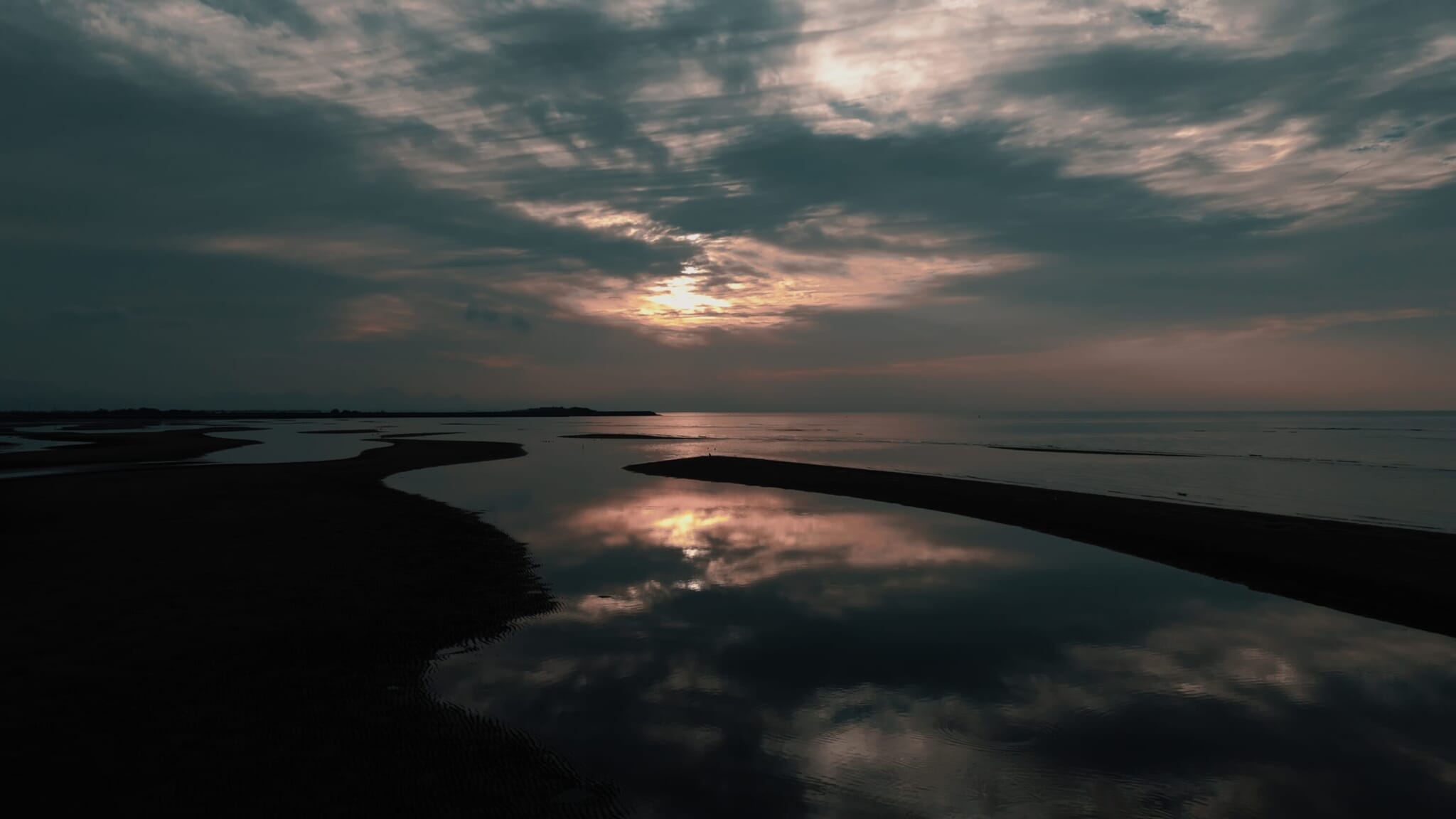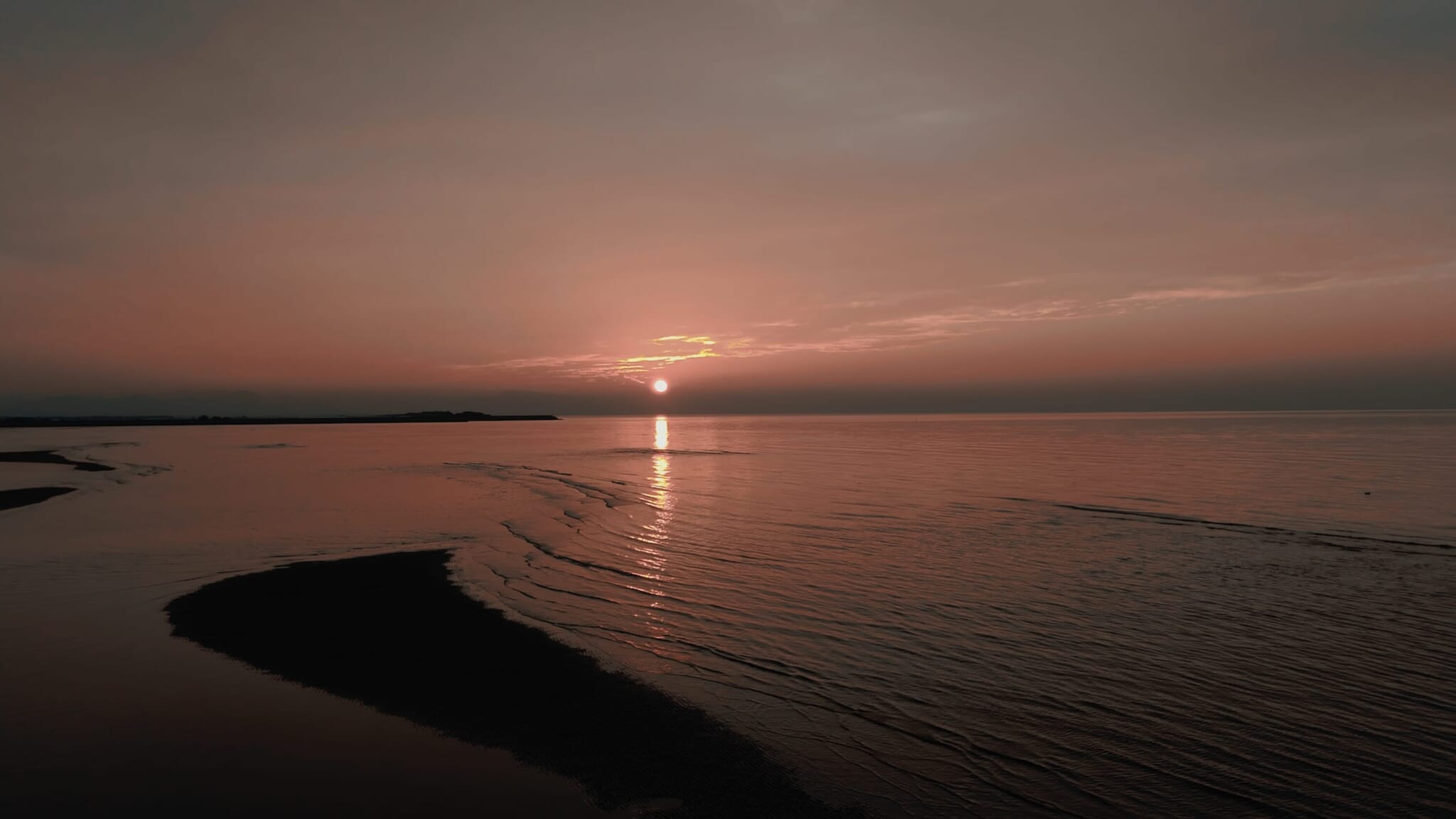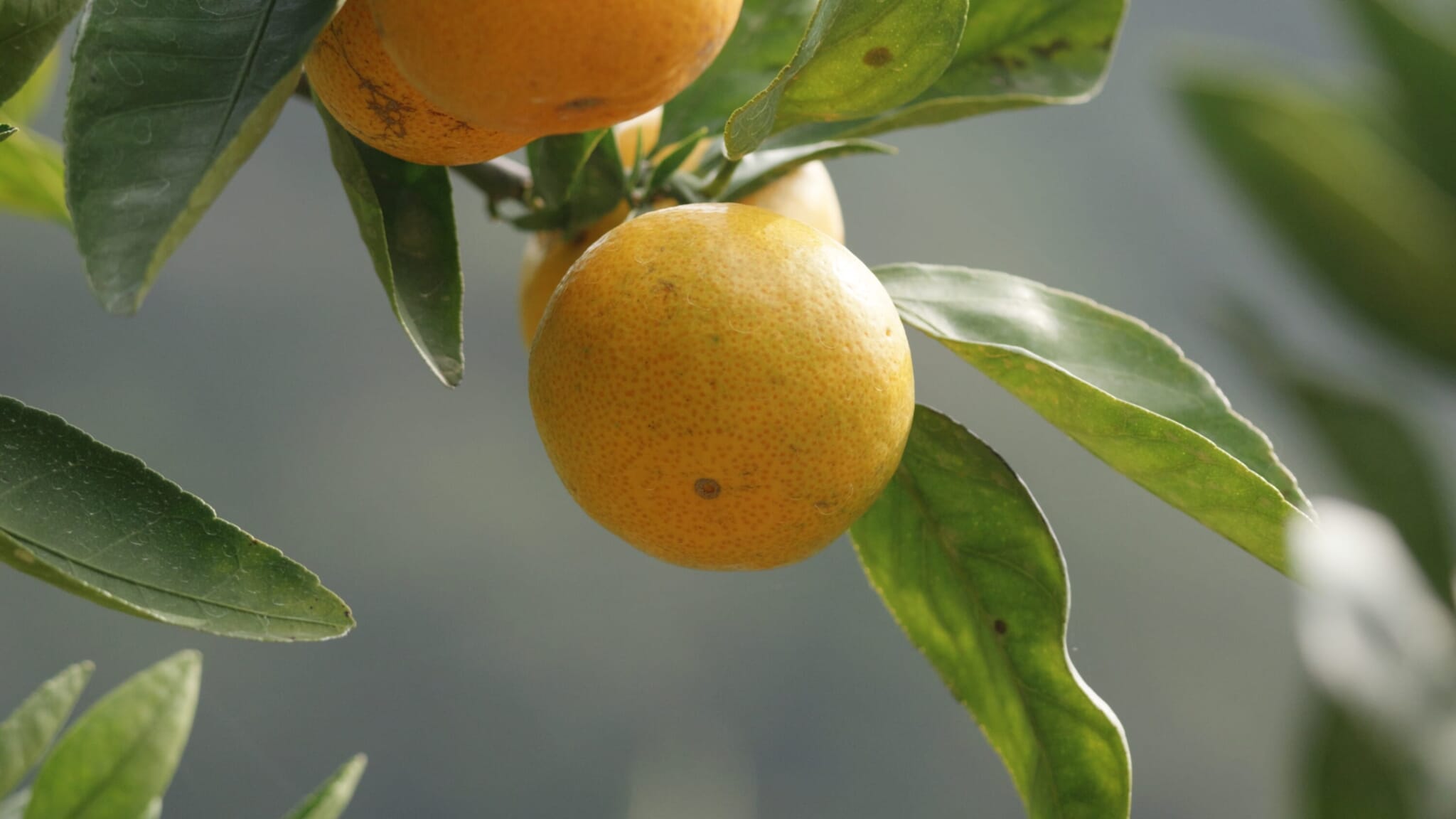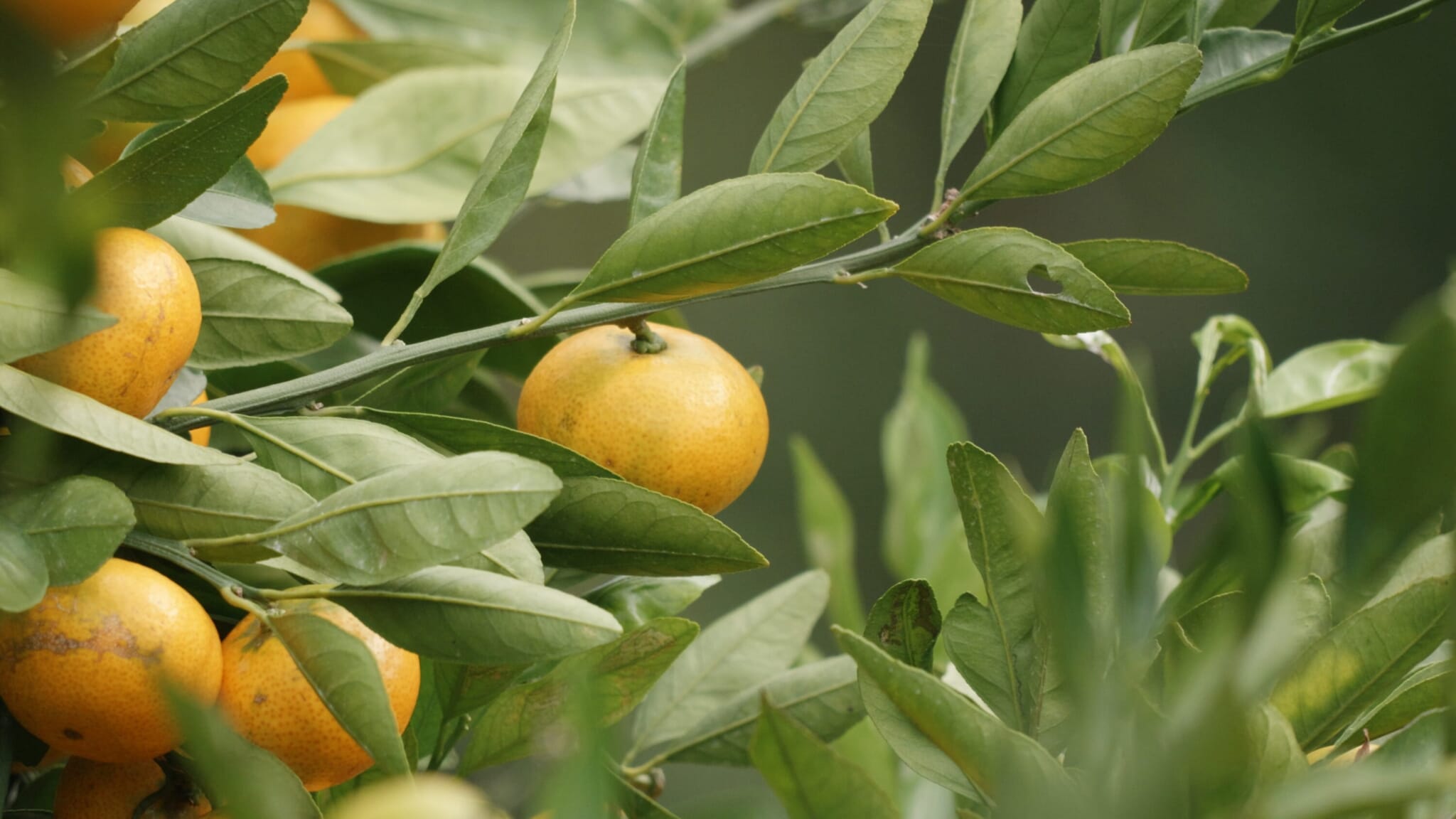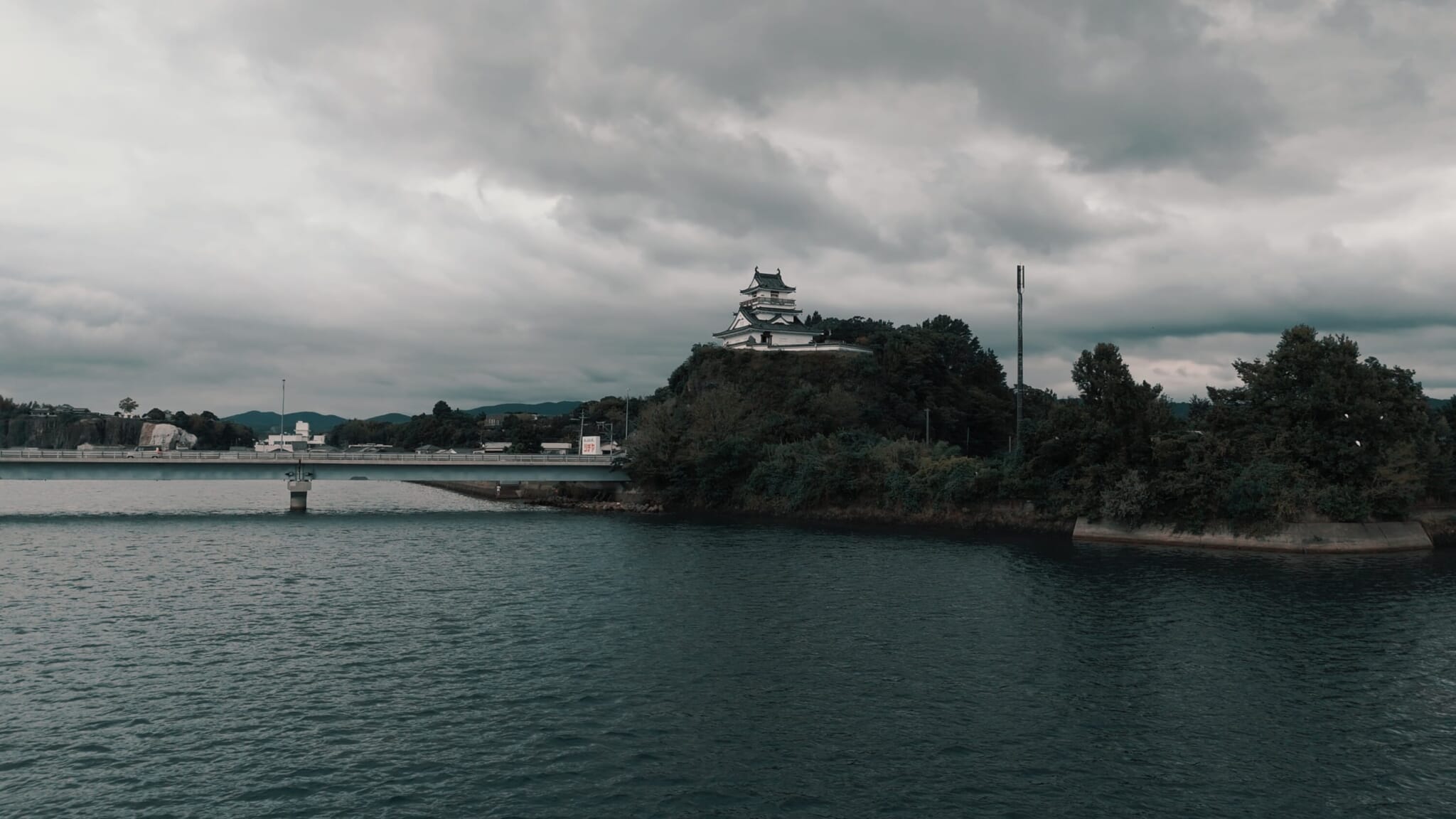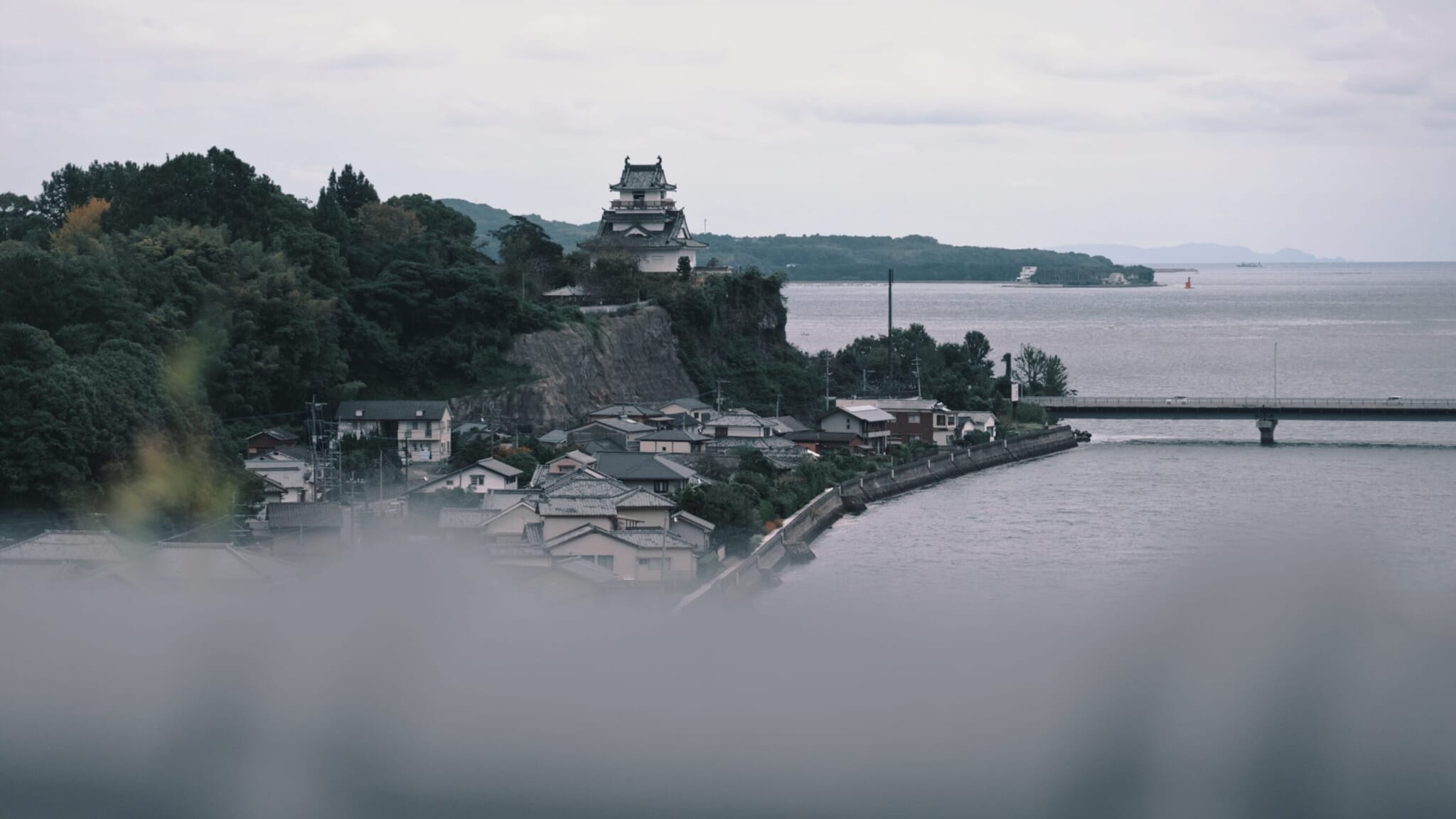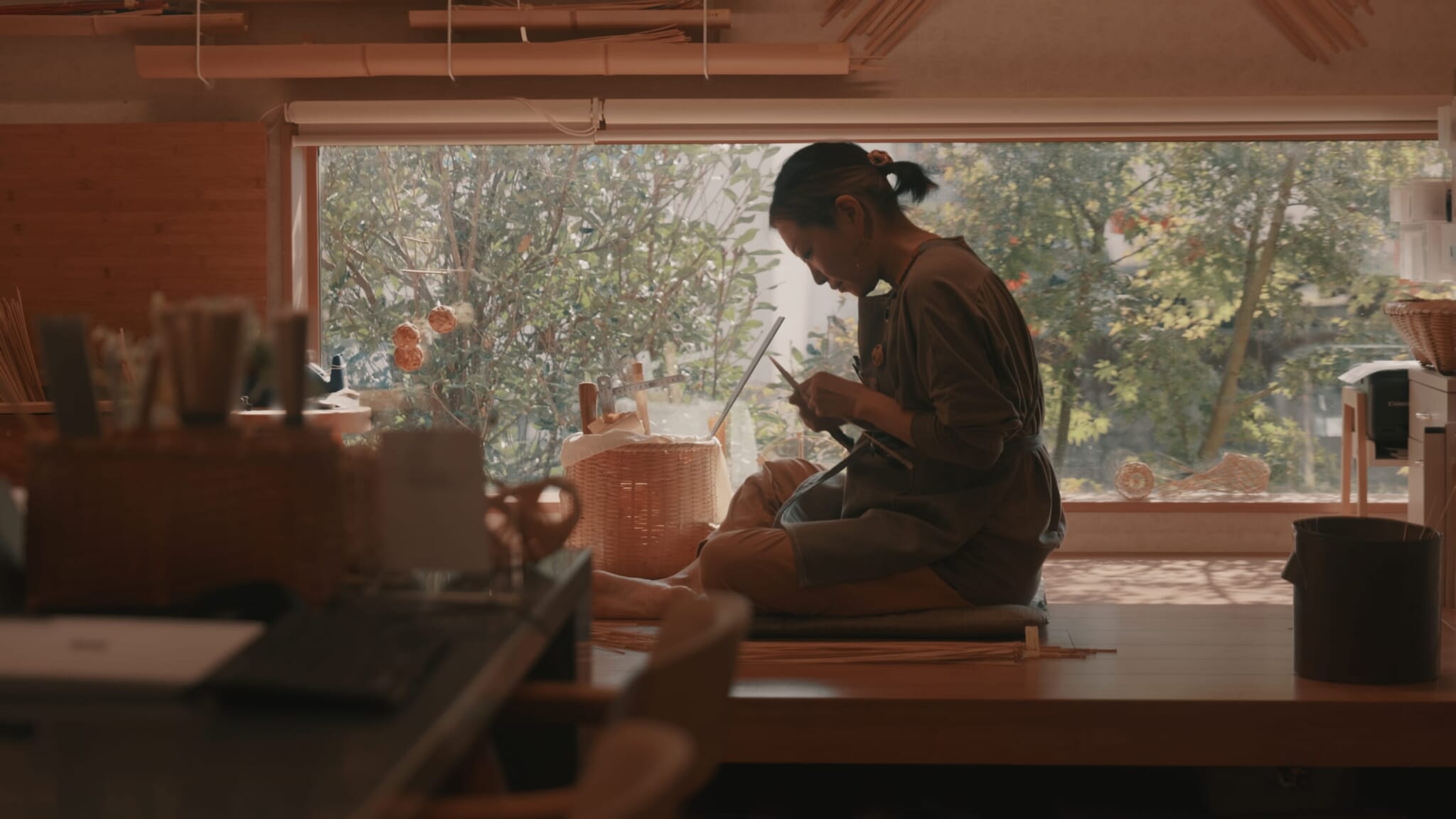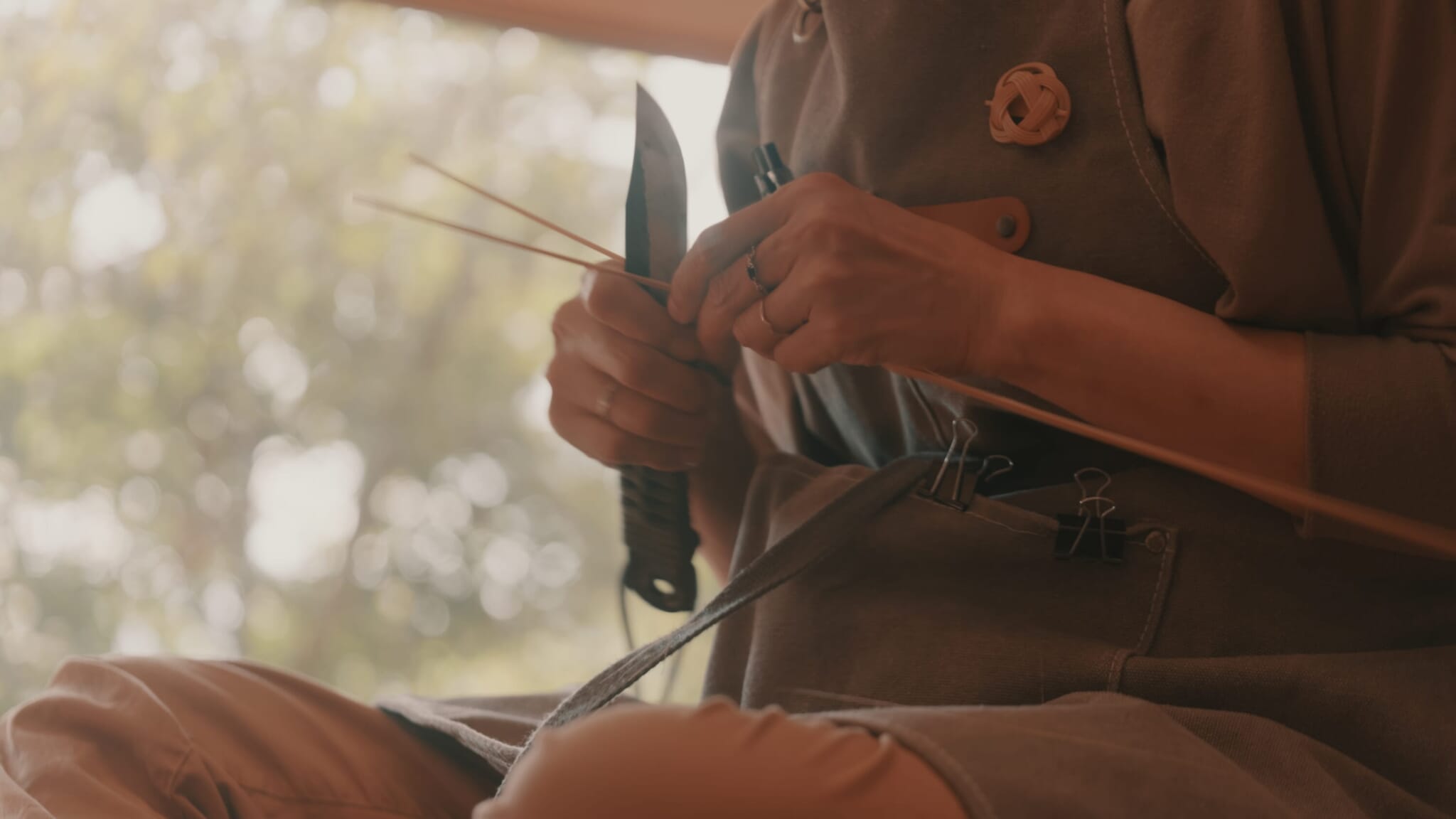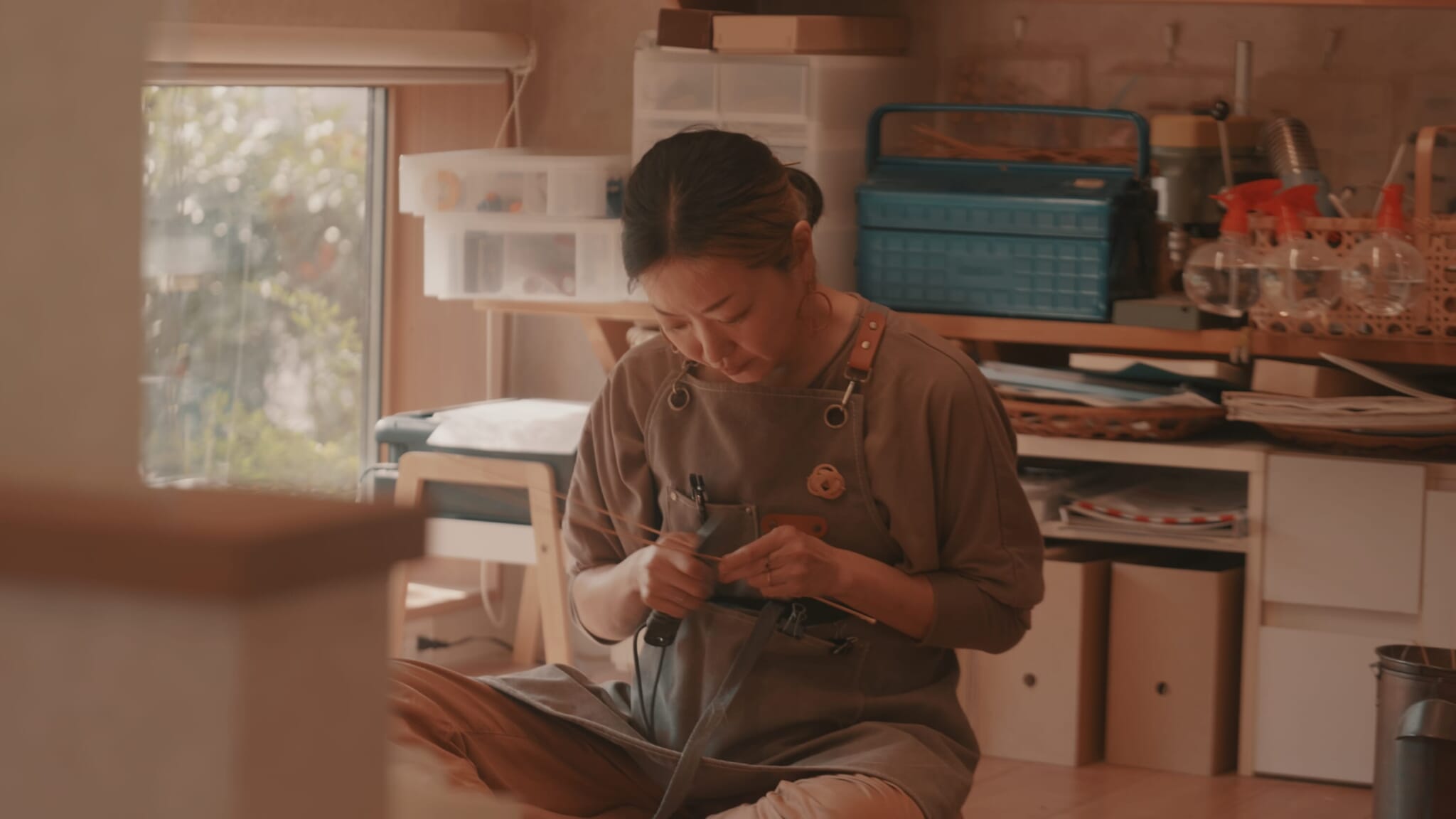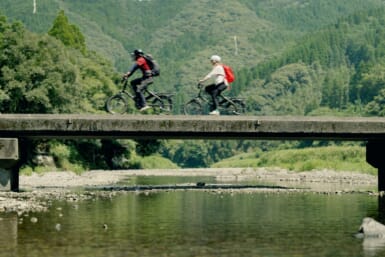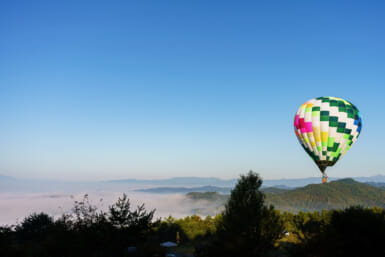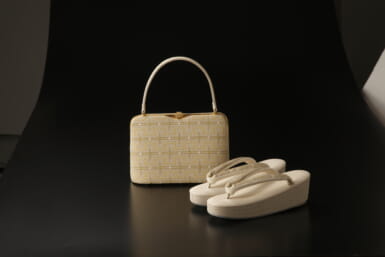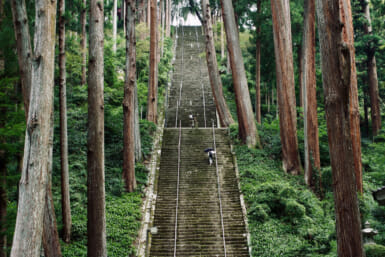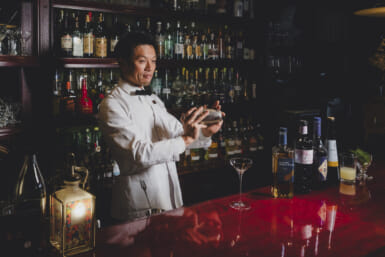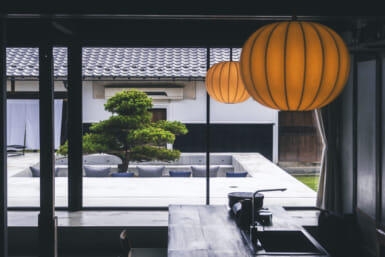Known as the onsen prefecture of Japan, Oita is a popular destination for tourists due to its abundance of steaming hot, mineral rich water — yet there is far more to the region than that. Boasting stunning landscapes, rustic religious sites, mysterious artifacts and a rich culinary heritage, it’s an area well worth exploring. Here are 18 things we recommend doing in Oita.
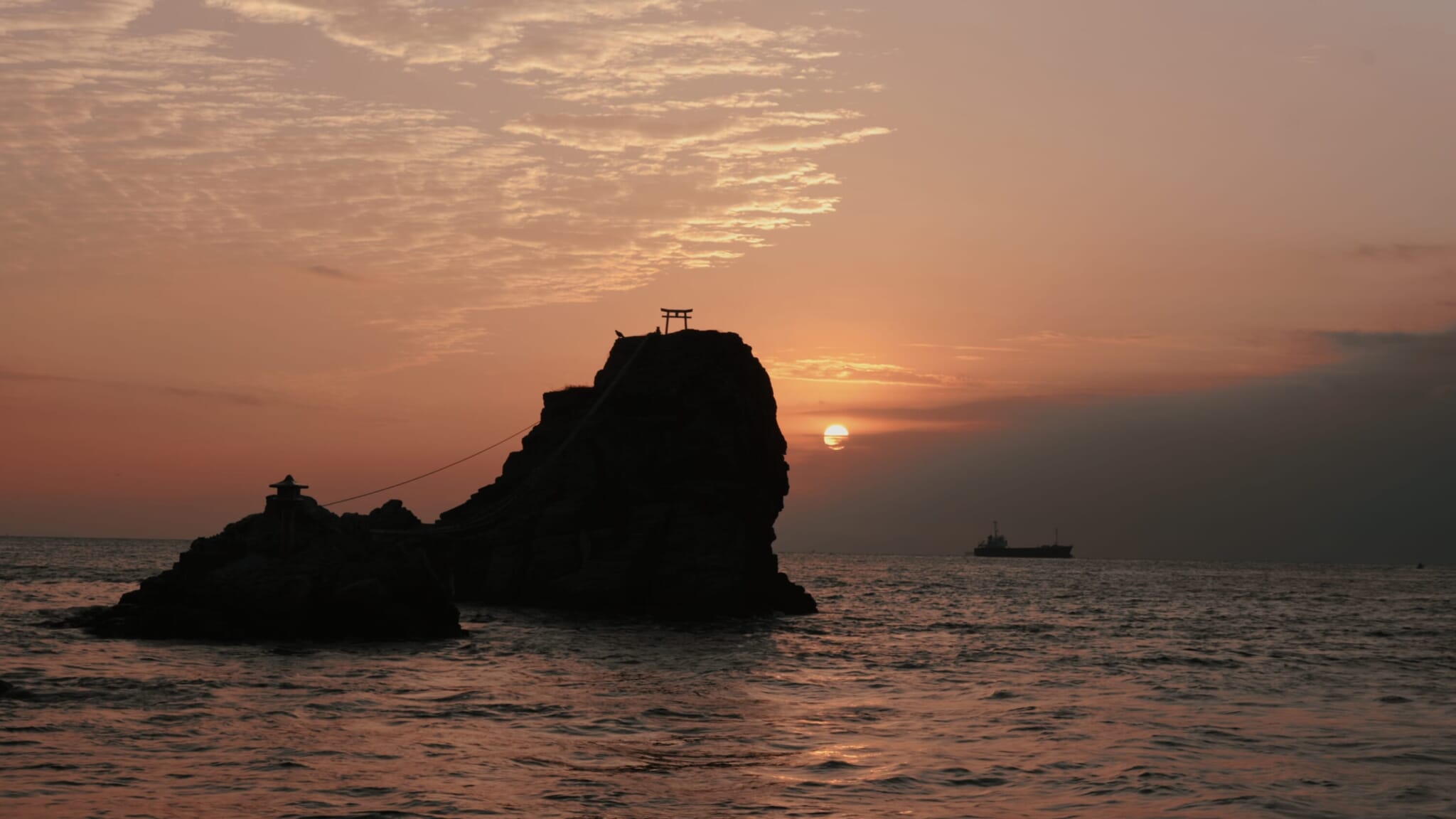
Visit the Bishago Sister Rocks
Emerging from the sea near Oita city’s Black Beach are two large rocks linked by a rope: the Bishago Sister Rocks. Unlike many other sacred rock pairs in Japan, these aren’t meoto iwa (married couple rocks) — according to legend, they enshrine the diving sisters Isago and Masago, who rescued a sacred sword from a gigantic octopus. The scenic stones make for a beautiful sight any time of day, but they’re particularly awe-inspiring at sunrise.
See the Mystical Torii Gate of Himeshima
Himeshima, which means “princess island,” is a certified Japanese geopark consisting of four volcanically-formed islets connected by sandbars. It’s home to a treasure trove of attractions, including the “seven wonders of Himeshima.” The highlight is arguably Ukisu, also known as Himeshima’s floating torii gate. Set on a small island offshore, it’s said to never sink below the water, even during exceptionally high tides.
Enjoy the Sunset Over the Tidal Flats of Matama
One of Japan’s most spectacular spots, Bungotakada city’s Matama Coast, regularly sees scores of photographers lined up attempting to capture the perfect shot. The time to visit is when the sun sets over the vast striped tidal flats that emerge at low tide. It truly is an epic sight that is often compared to a painting.

Experience the Tadewara Wetlands
Located on the north side of the Kuju mountain range, the Tadewara Wetlands are a vibrant ecosystem containing a multitude of rare flora and fauna. These protected marshlands offer breathtaking views year-round: primroses and yellow violets bloom in spring, daylillies arrive with summer, golden pampas grass flourishes in the fall and in winter the area is blanketed in sparkling snow.
Take in the Terraced Mandarin Fields of Tsukumi
A tranquil seaside city facing the Bungo Channel, Tsukumi is known for its limestone production and terraced mikan (mandarin orange) fields. It is home to Japan’s oldest “ko-mikan” trees, some of which have stood for over 850 years. According to the book Tsukumi Kankitsushi, the trees were first planted in the area in 740 by Fujiwara Nizaemon while he was under house arrest following a military defeat.
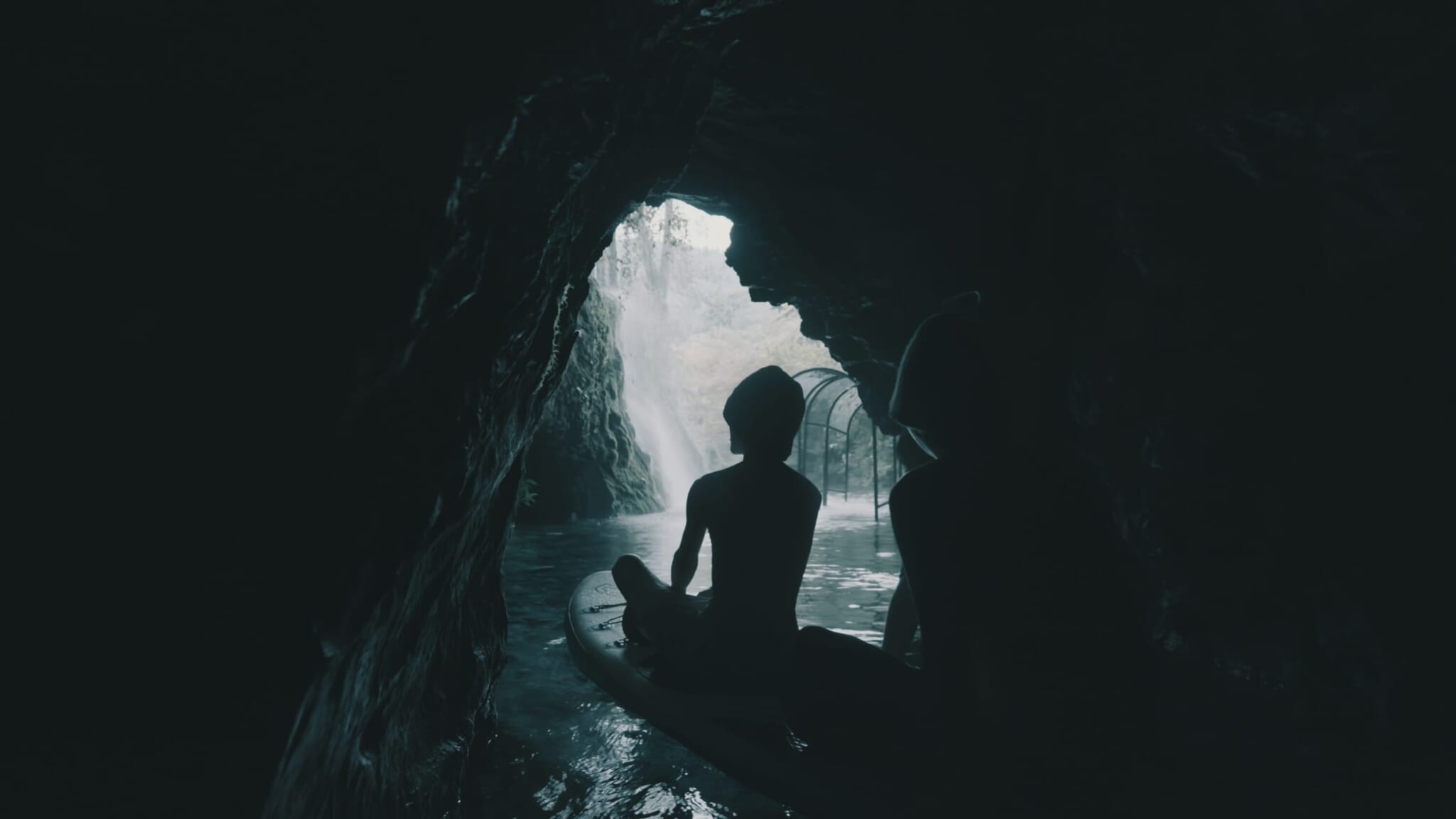
Head Down to the Inazumi Underwater Cave of Bungoono
Boasting stalactites, helictites, coral stones and deep pools, the Inazumi Underwater Cave has an incredibly mystical feel to it. The longest underwater limestone cave in Japan, it formed during the Paleozoic era, between 200 and 300 million years ago, though it took its current form after being submerged by Mount Aso’s eruption 300,000 years ago. Its total length is 1 kilometer, and most of it can be explored on foot, allowing visitors to marvel at its otherworldly beauty.
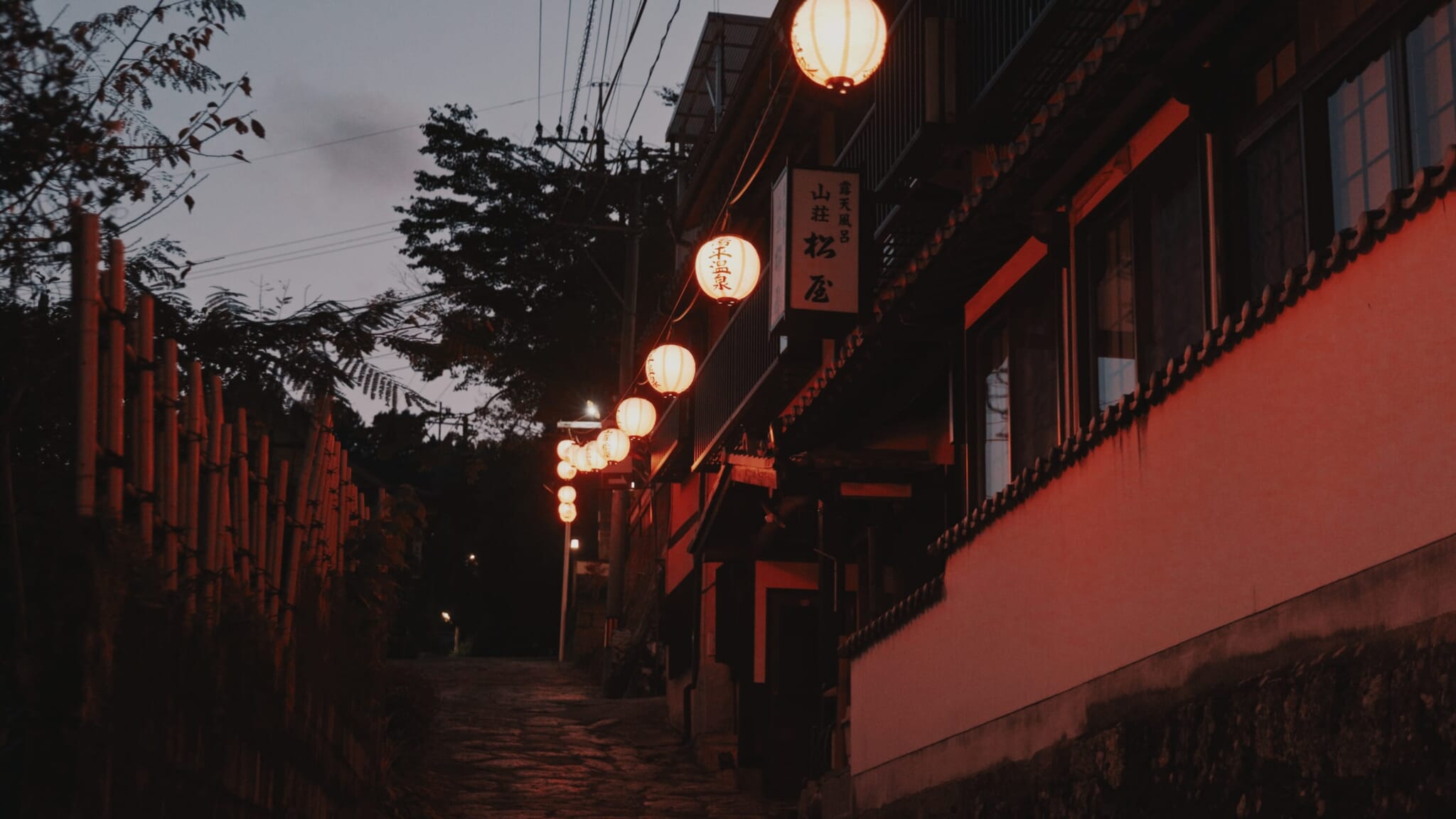
Stroll Around the Historic Onsen Town of Yufuin
A quaint onsen resort located at the foot of Mount Yufu, Yufuin has around 900 hot spring sources — the second most in Japan, behind nearby Beppu. Going for a stroll on the 300-year-old cobblestone pathways will make you feel as if you’ve been transported back in time. In addition to its numerous baths, the town’s also known for its art museums, cafés and boutiques.
Visit Kitsuki Castle Town
A charming and well-preserved castle town located right next to the sea, Kitsuki makes for a great day trip from Beppu. The town is most well-known for its charming, Edo-era atmosphere, and for having the smallest castle in all of Japan. In the town center you’ll find a museum displaying a collection of samurai armor, helmets and artifacts, and its preserved streets are lovely to walk around. The town is sandwiched by plateaus in the north and south, on which you can find samurai residences; these have been carefully restored and are open to the public.
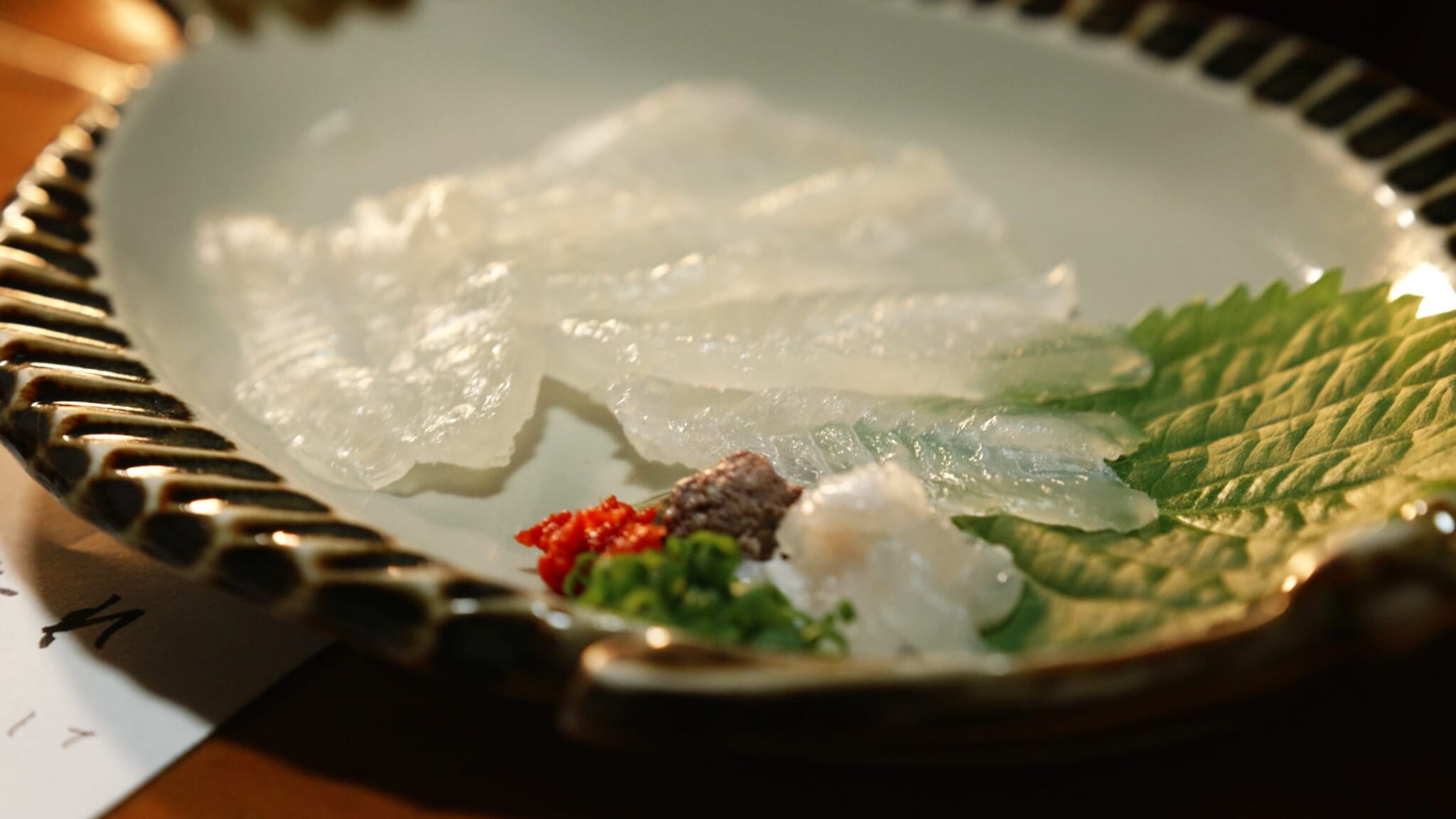
Try Some of Hiji’s Famous Right-Eyed Flounder and See Its Famous Castle Ruins
Hiji is a charming town that was once home to an impressive castle. Though the castle is no longer standing, the stone base and moat — which has been transformed into a small park — remain. Below the castle ruins is where the town’s famous shiroshita karei (right-eyed flounder) are caught. These marbled fish, which have small heads and round bodies, taste divine, especially when eaten as sashimi.
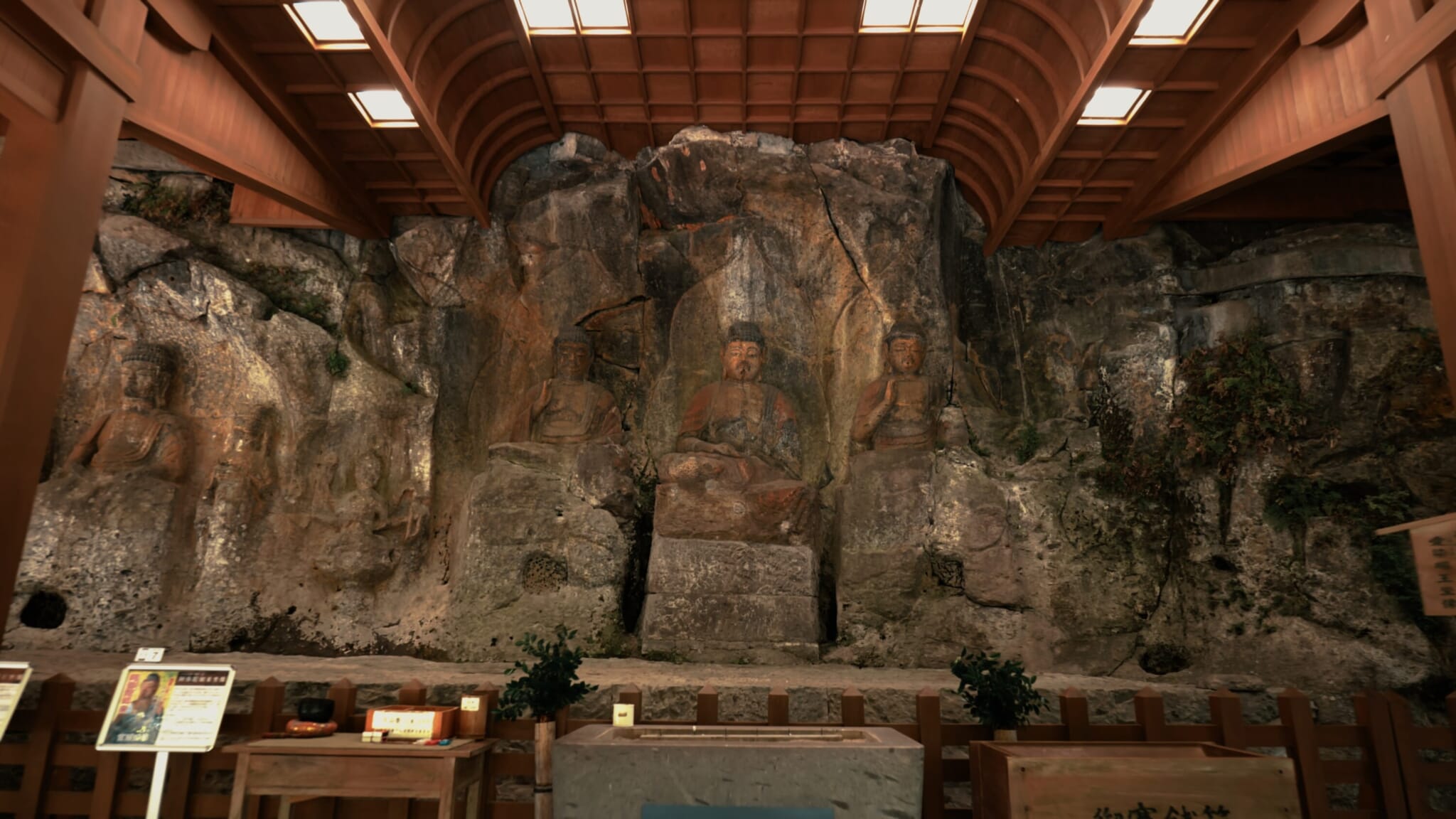
Appreciate the Usuki Stone Buddhas
The striking Usuki Stone Buddhas were carved from soft volcanic rock around 1,000 years ago, though exactly when they were created is unknown. Why they were made and by whom also remains shrouded in mystery, though each one is a masterpiece. There are 61 statutes, 59 of which have been designated as National Treasures. They’re divided into four clusters, many sculpted directly into the cliffside.
Marvel at the Hand-Carved Aonodomon Tunnel
Meaning “blue tunnel,” Aonodomon is one of the main attractions of Oita’s Yabakei Gorge. According to legend, during the Edo period, people regularly fell to their deaths while navigating a treacherous, cliff-hugging path that led to an important local shrine. According to legend, in order to make their passage easier, the Buddhist monk Zenkai spent 30 years tunnelling through the rocky mountains by hand, using only a hammer and chisel; for him, the resulting 342-meter tunnel was a means to atone for a crime earlier in life.
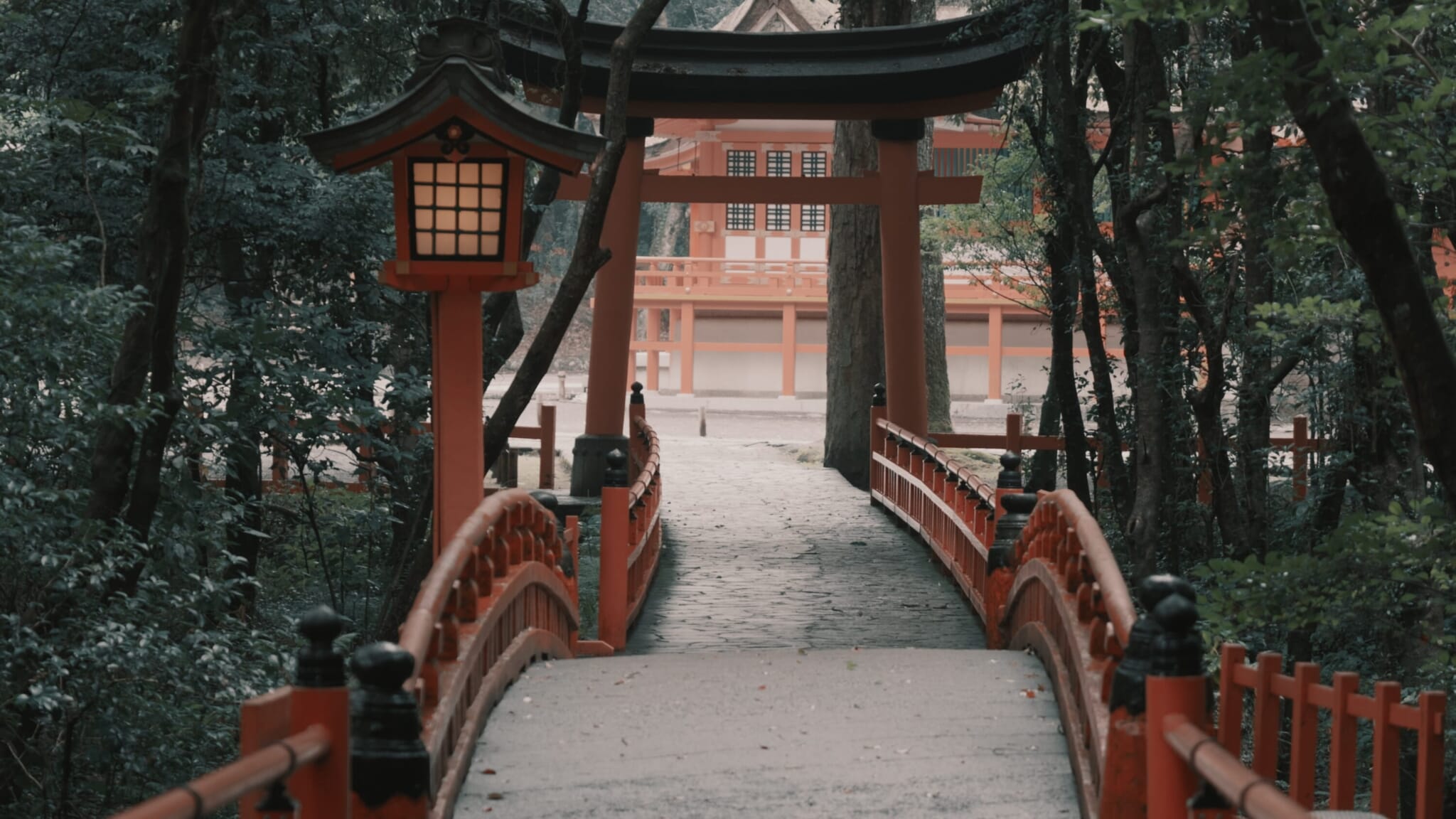
Visit the Prestigious Usa Shrine
Built in the eighth century, Usa Shrine is the head shrine of thousands of shrines across Japan that are dedicated to Hachiman, who is often referred to as the god of archery and war. One of the most prestigious shrines in the country, it retains an atmospheric grandeur, particularly the striking vermillion-lacquered main hall, which is a designated national treasure.
Walk Down the Stone-Paved Path of Kunisaki
A land of towering rocky mountains and ancient traditions where demons are thought to be incarnations of Buddha, Kunisaki Peninsula is the home of Rokugo Manzan: a fusion of Shintoism, Buddhism, Taoism and mountain worship. Hiking in the area feels like you’ve stepped back in time, especially when walking along the mystical stone-paved path leading to Kyu-Sento-ji, a once glorious temple that’s now a quiet forest.
Take Part in the Famous Hita Gion Festival
Said to have originated in 1714, the Hita Gion Festival features nine gorgeously designed yamaboko floats parading through the town, accompanied by traditional Japanese music, including instruments such as shinobue bamboo flutes, taiko drums and the shamisen. A colorful festival held in late July to pray for peace and to ward off evil and misfortune, it is quite the spectacle.
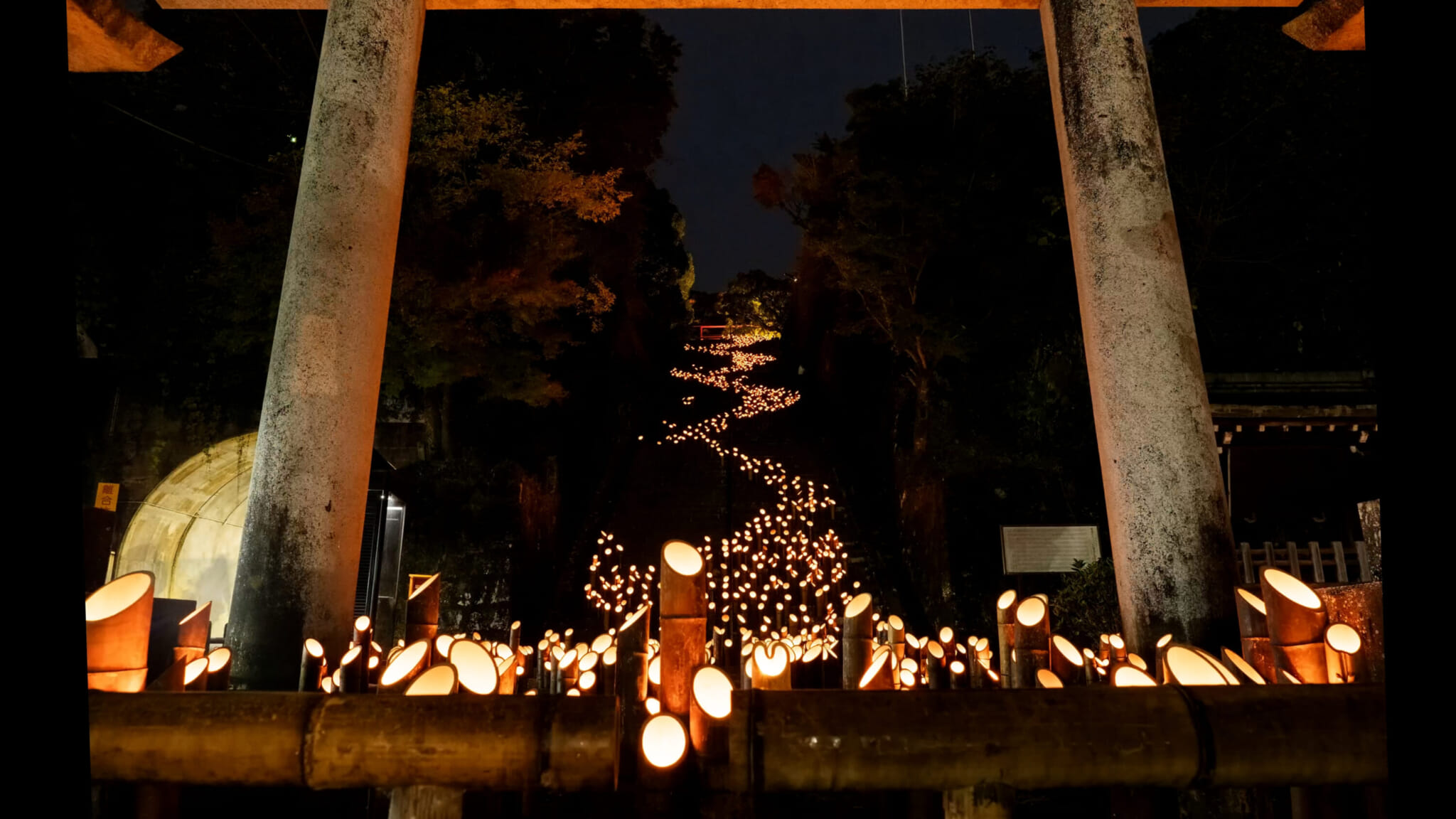
Watch Taketa’s Bamboo Lanterns Light Up the City
Every year, for three days in mid-November, around 20,000 bamboo lanterns light up the delightful castle town of Taketa at night. The lanterns are lit as the sun starts to set, which makes for a breathtaking sight. Called Chikuraku, the event attracts thousands of visitors, who can also enjoy live music and regional cuisine at the food stalls.
Learn About Beppu’s Renowned Bamboo Crafts
As well as being a hot spring paradise, Beppu is also known for its delicate bamboo crafts. The history of this traditional Japanese handicraft dates back to the first century, when one of Emperor Keiko’s kitchen staff reportedly discovered that the area’s slender bamboo stalks were ideal for basket-weaving. Combining ancient techniques with modern sensibilities, the industry continues to thrive today. You can see traditional tools and artworks at the Beppu City Traditional Bamboo Crafts Center, and even partake in a workshop to create your own piece.
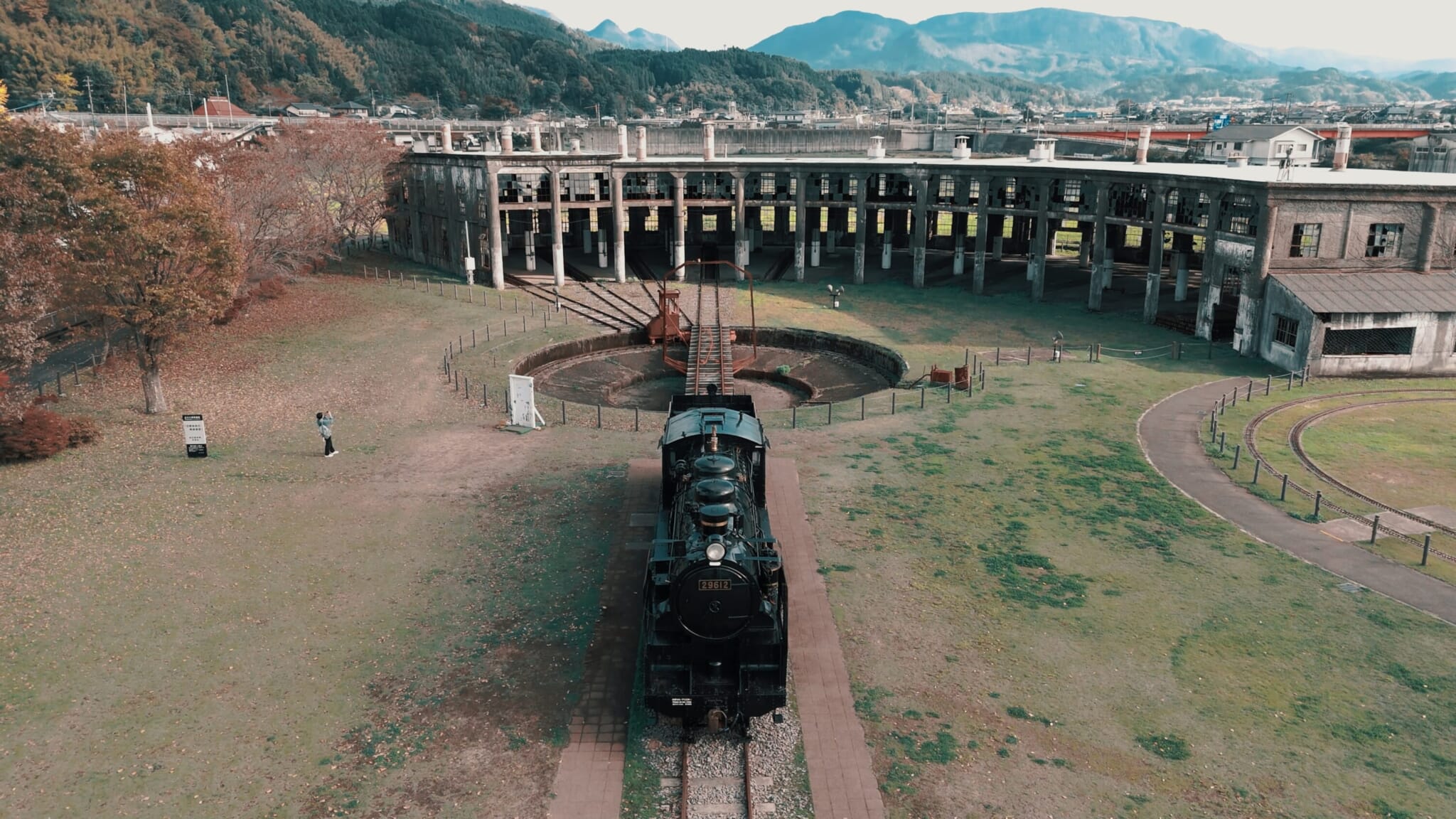
See a Piece of History at the Bungo Mori Roundhouse
The last remaining railway roundhouse in Kyushu, the Bungo Mori Roundhouse operated from 1934 to 1971; at its peak, it was able to hold 25 steam locomotives. Registered as a National Tangible Cultural Asset in 2012, it’s a must-see for train enthusiasts, but it’s also worth visiting just for its enchanting and unusual atmosphere — it looks almost like an ancient amphitheater. It’s become a popular destination for fans of the hugely popular anime film Suzume as well, as it bears a striking resemblance to ruins that appear in the movie’s opening scene.
Feast on Saiki’s Fresh Seafood
When it comes to seafood, there is nowhere in Japan quite like Saiki. It boasts the biggest catch of any port in Oita Prefecture, with more than 50 varieties counted at the city’s fish markets each year. The fish swimming in the Bungo Channel’s rough waters tend to be firm, with just the right amount of fat. There are several high-quality sushi restaurants to choose from in the city.
To plan your trip to Oita, please visit their official website.
Public Interest Incorporated Association Tourism Oita
3rd Floor, OASIS Hiroba 21, 2-50 Takasago-machi, Oita city, Oita Prefecture
T: +81 097-536-6250
Other Social Media Information:
Explore Oita Japan on Youtube
Tourism Oita on Facebook
Tourism Oita on Instagram
Onsenken Oita on WeChat
Japan Oita Prefecture Tourism Bureau on Weibo


